A rare animal: Dornier's "anteater" Do-335A-10
About the Do 335A-10 "Anteater
As if the sight of the Do-335 wasn't already impressive enough due to its sheer size, lines and the amount of technical innovations, the two-seat variant literally "adds to it": the training aircraft of the A-10, A-11 and A-12 series with their second cockpit attached to the back of the fuselage increase the height even more and thus emphasise the already imposing appearance of the aircraft.
A two-seat variant of the Do-335 had already been requested in 1943. Originally, a fighter-bomber or a two-seat "command aircraft" was envisaged, but it soon became clear that a trainer aircraft for the demanding aircraft would have to take priority. In the procurement plan of January 1944, 22 training aircraft were ordered in addition to 270 operational aircraft. However, the general war and supply situation at that time had already made such production figures utopian.
It was to take some time before the first two-seater was ready for flight testing: the V-11, intended as a prototype for the planned A-10 series, did not take to the air for the first time before the end of September 1944. Incidentally, it was flown by Dornier's proven test pilot and fly-in pilot Karl Heinz Appel. This version was equipped with the two DB 603 A2 engines of the original A version. The performance of the two-seater seems to have been hardly affected by the new layout. The A-10 reached a most impressive top speed of 740Km/h, the flight time was 1 hour 20 minutes, unarmed the trainer had a total weight of 8100kg.
Only three of the A-10s were to be built and flown, eleven more were in various stages of production at the end of the war. The Do-335A-10 shown here with the serial number 240 119 and the registration RP+UI was officially no more flown, its condition at the end of the war remains unclear. If the aircraft had not been blown up, it could have been cannibalised by the Allies, like many of its sisters, to ensure the supply of spare parts for their looted Do-335s.
Two-seat Do-335s were not only available in the A-10 variant: the A-11 used the more powerful DB 603 E-1 engines; according to my sources, however, only one aircraft was completed in this configuration.
All the other Do-335 two-seaters were built to A-12 specifications, although again only two were actually completed. An interesting feature of this variant is the installation of two Jumo 213 engines. The position of the two prominent air intakes had to be changed at the front from the left to the right side of the fuselage; the rear intake also changed sides accordingly. This provides an easy identification of this variant, which would have been the planned version for series production.
By the way, the airframes of the A-12 variant were not newly built: after the two-seat Do-335B-6 night fighter had been dropped from the programme, the already partially produced fuselages could easily be converted into training aircraft.
About the model and the building process
But back to the Do-335A-10 / serial number 240 119-and thus to the aircraft depicted here! This aircraft may have been fully equipped at the end of the war, but its actual appearance remains unclear. I have decided to take the rare opportunity to depict an aircraft that is actually completely new from the factory. Even more so, when this one would be able to shine in an untarnished natural metal finish! As is my custom, I have resorted to the excellent metallic paints of Alclad II for its representation. Their wide range of aluminium tones makes it easier to give the surface of the Do-335 a suitably differentiated and lively appearance.
Except for etched part harnesses and a few wire hydraulic lines in the undercarriage area, this model was built out of the box. The high quality of the Tamiya moulds makes this a pleasure throughout. Necessary filling and sanding work was accordingly also scarce and was quickly mastered. Now for the third time, I was particularly impressed by the fine and detailed representation of the instrument panels and side consoles. The wonderfully harmonious detail moulds only need to be enlivened a little with a brush to achieve a beautiful result - without any "Eduard etched parts".
The decals for this special Do-335 "Anteater" are basically from the decal sheet "Do 335 Arrow Part 3" by Cutting Edge. This time, however, I was not very impressed with these decals; compared to the markings from the kit, those from the purchased sheet turned out to be surprisingly thick and a bit stubborn. "Cutting Edge" remained all too vague and unclear in its instructions this time as well. In the end I preferred to use most of the decals from the kit, only the mark "119" for the upper tail fin was used.
For years, I have been planning to finally build one of these impressive Do-335 two-seaters. The fact that I have now succeeded in doing so as the conclusion of the small series of four Do-335 will please me even longer. Tamiya's tried and tested kit makes the encounter with this interesting topic of aircraft history an easy and uncomplicated pleasure in any case!
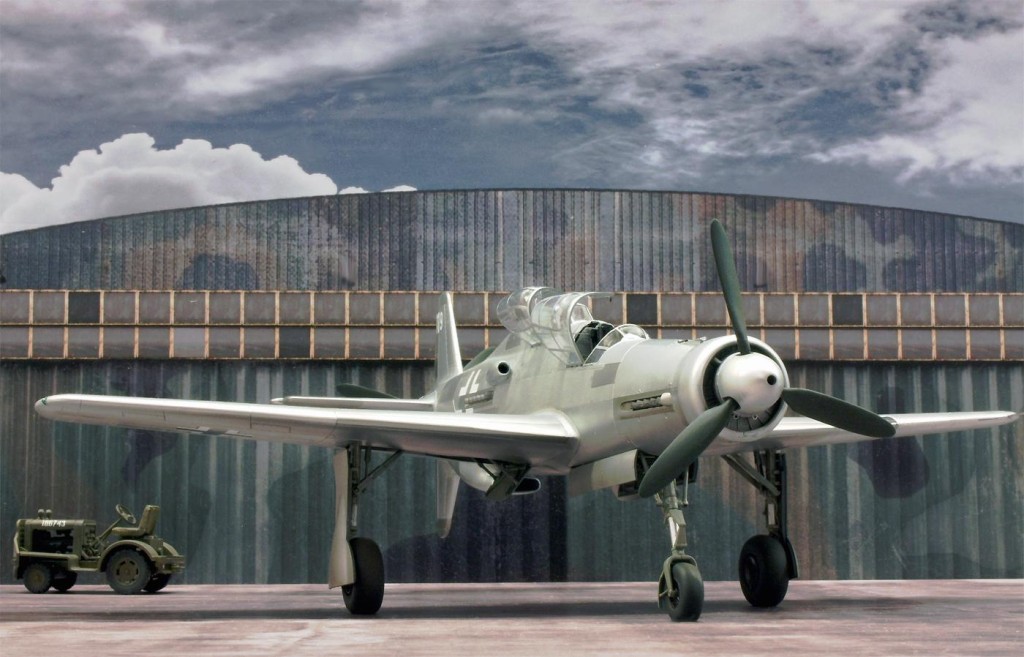
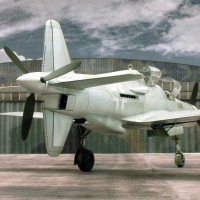
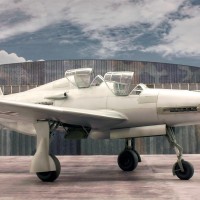
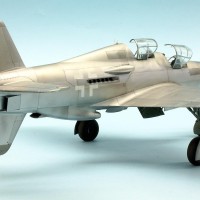
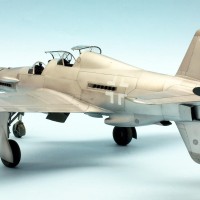
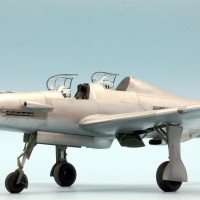

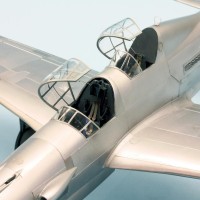

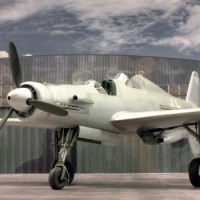

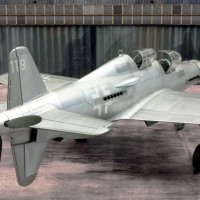
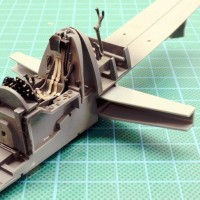
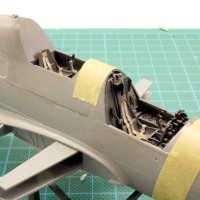
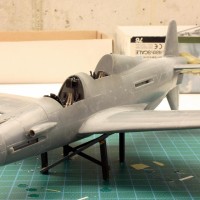
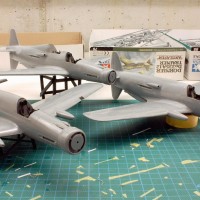
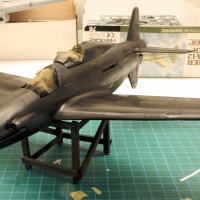
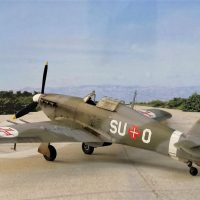


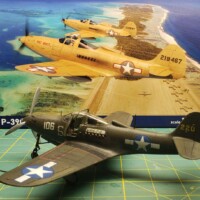
Another wonderful "335", Roland! The two seater looks as gorgeous as the single seated! As always, the accompanying article is superb.
Congratulations!
I say thank you very much for your words, my friend! 🙂
Absolutely great build, Roland @rosachsenhofer
Besides your build, the pictures and article are great as well.
Well done.
Thank you very much!
Really well done! I don't know that I've seen the 335 done in NMF - looks even sleeker in that finish.
Thank you very much, Yes, I had to search a little for an appropriate example.
Amazing work, she really is sexy without any clothes on!
Thank you for these appreciated words! 🙂
Another winner, Roland. You’re tempting me to dig my Monogram kit out of deep storage….
John, be tempted to activate this kit! Thank you!
Really like the way this turned out. It looks great in natural aluminum. I cannot agree more with you that Tamiya did a great job with this kit. I have built two, and both were a blast and a half to build. Great fit, very adequate details molded right in, but I still question and wonder why Tamiya chooses not to do something more than those silly decals for the seat belts/harnesses.
Thank you very much! yes, appropriate questions to wonder about further... while building another Tamiya kit! 🙂
Very impressive result. This really looks good.
Thanks Tom, I'm very pleased!
Very sharp looking 335!
Thank you for your words!
A very unusual Pfeil Roland, quite impressive!
I appreciate that, thank you!